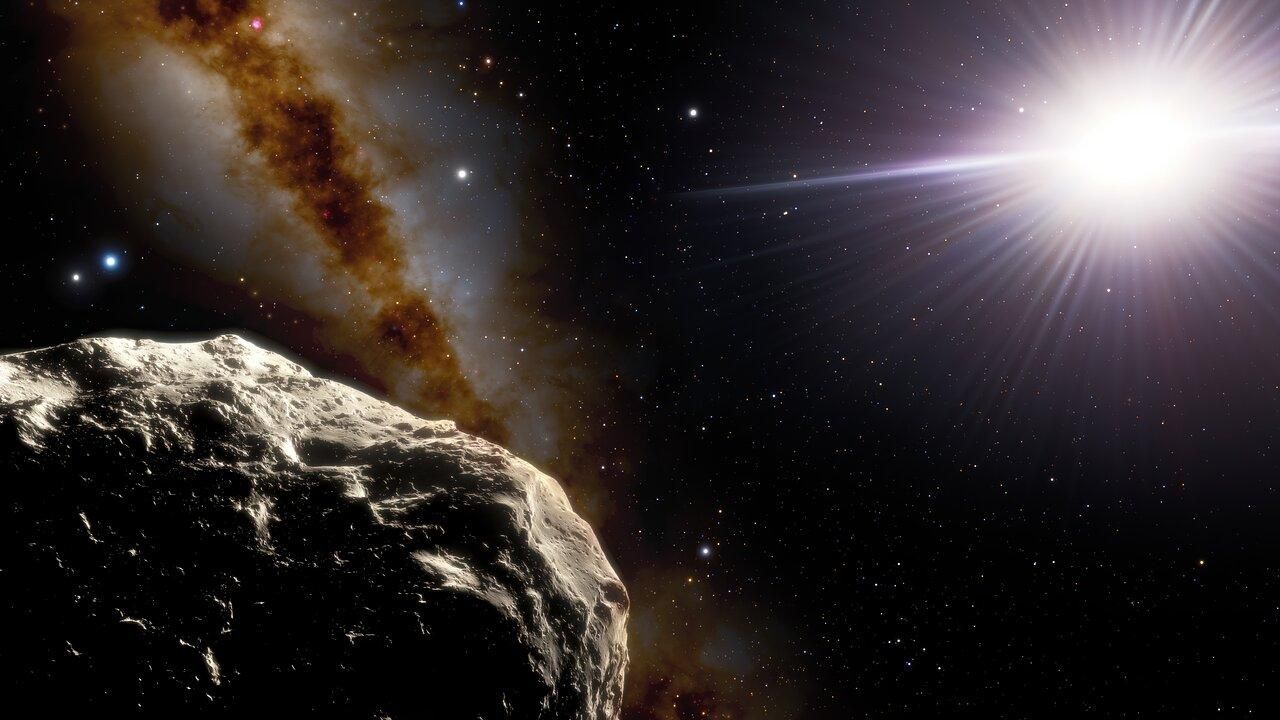HONOLULU — Astronomers recently discovered the largest-known Trojan asteroid using a telescope atop Haleakala on Maui.
The Trojan asteroid known as 2020 XL5 is only the second of its kind ever to be found and it is the largest of the two, with a diameter of about 0.75 miles.
Trojan asteroids are unique because they share Earth’s orbit around the Sun. While they are near the Earth, they are hard to find as the Sun often blocks our view of them.
The finding was published in Nature Communications, a peer-reviewed scientific journal.
Trojan asteroids orbit the Sun in the Lagrange points, which are areas near Earth that have stable orbits. The James Webb Space Telescope, and other satellites, are sent to Lagrange points in order to follow Earth’s orbit around the Sun. Trojan asteroids tend to travel in one of the two Lagrange points in front or behind Earth in its orbit.
The perfect conditions are required to find Trojan asteroids. Because the Lagrange points are leading or trailing the Earth in its orbit, the sun is often blocking our view of these areas. The Panoramic Survey Telescope and Rapid Response System (Pan-STARRS) on Haleakala can only look for them in the eastern sky before sunrise and the western sky before sunset, providing only a small viewing window. The moon’s light also interferes with looking for them, because it makes the night sky too bright to discover faint objects in the distance. Lastly, when Hawaii’s trade winds are blowing, they might shake the telescope and affect the view.
Because of all these variables, the Pan-STARRS telescope is only able to survey the sky for Trojan asteroids four or five nights in a month.
“More than likely, there are more of them out there. It's just they’re really hard to find,” said Richard Wainscoat, an astronomer with the University of Hawaii’s Institute for Astronomy, who was part of the team that discovered the recent Trojan asteroid, in an interview Thursday with Spectrum News Hawaii.
After 2020 XL5 was found in December 2020, further analysis was needed to determine its orbit. Now, it’s known that the asteroid has a stable orbit and will continue on the same path for 4,000 years and likely longer, although more research must be done to determine its future path.
“It's kind of a stable place for a long period of time, but we don't know how stable it is,” said Wainscoat.
One reason a Trojan asteroid might “leak out” of its stable orbit would be because of the gravitational pull of Jupiter, the solar system’s largest planet, according to Wainscoat. Since Trojan asteroids have similar orbits to Earth, if they did “leak out” there’s a higher chance that they might collide with the Earth or the moon.
2020 XL5’s stable orbit means it will not crash anytime soon, but astronomers are constantly looking at the night sky for asteroids and comets in order to prevent deadly collisions.
In 2013, a near-Earth asteroid measuring about 66-feet in diameter entered the Earth’s atmosphere above Chelyabinsk, Russia, exploding on its way down and injuring more than 1,500 people.
“If you have a bigger one, it’s going to make its way further into the atmosphere and have a lot more energy,” said Wainscoat.
Currently, astronomers are working to “push aside” an asteroid named Dimorphos. The Double Asteroid Redirect Test mission involves a NASA spacecraft that will deliberately crash into Dimorphos in September. The other way to deflect an asteroid would be to set off a nuclear explosive device nearby, which would be a last resort and it hasn’t been tested yet, according to Wainscoat.
“Ideally, if something is going to hit the Earth, you find out about it many, many years ahead of time, so you'd have plenty of time to push it aside,” said Wainscoat.
Also, Wainscoat said a mission to a Trojan asteroid that collected samples would help determine what it is made of and how strong it might be if humans were to try to push it aside.
The discovery of 2020 XL5 is significant because it might tell us more about the formation of our solar system. Astronomers will study whether it and other Trojan asteroids have been orbiting the Sun along with the Earth since the solar system was formed more than 4 billion years ago.
“Definitely an interesting question is whether those things have always been there?” said Wainscoat. “If they haven't always been there, how did they get there?”
